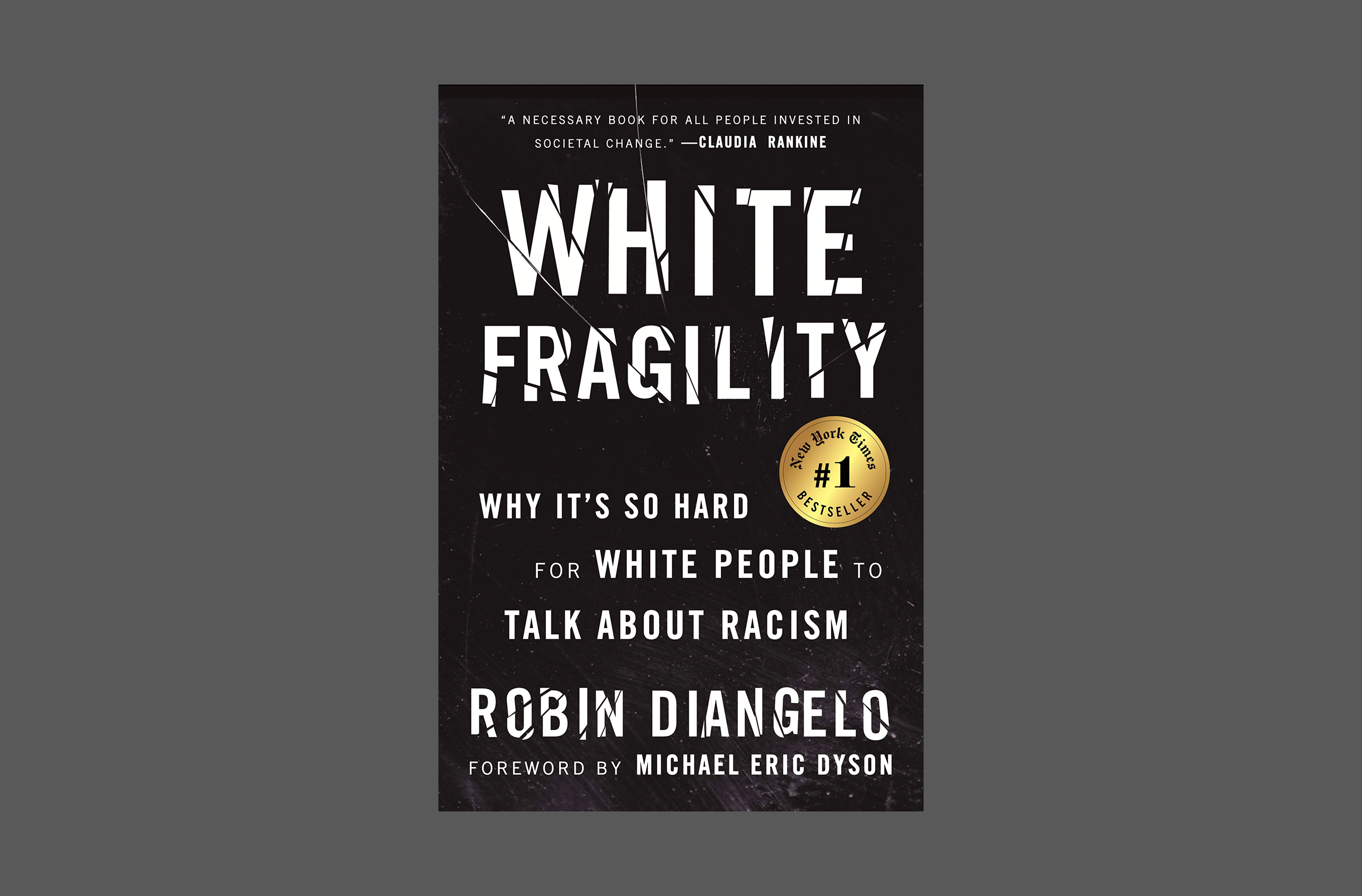
“White Fragility” by Robin Diangelo
Rating: 5/5
Like many people, I’ve been thinking a lot a lot about systemic racism and the anti-racism protests happening around the world and I’ve been reflecting on what I can personally do to effect change and be a better ally. There are no quick and easy answers and I’ve decided to start by learning what I don’t know and more important, unlearning many of the things that I do know. My good friend, Tara, recommended reading, “White Fragility,” as a good place to start.
And what a start! This book is equal measures of new ideas, (i.e., new ideas to me), new perspectives, helpful information, common sense, and a whole lot of uncomfortable. It breaks down a complex topic in a clear and digestible way. And Diangelo is effective at countering any lingering rationale / excuses that may your mind as you read the book. It is worth noting that the intended audience for this book is white progressives and that the author is a white woman specializing in antiracist education. And, while I am a progressive, I am not white. I am Chinese. That said, after reading this book, I came to the conscious realization that I see a lot of the world through a white and North American lens. Diangelo opened my eyes as to how I can start to reframe my own thinking about race.
And if I may make myself the centre of this conversation for just a moment, reading this book helped me to see just how conditioned I have been to the importance of “fitting in.” Growing up, my parents had the best of intentions when raising us, but I do remember them saying how important it was not to stand out (other than with grades or as a kind person, of course). What they didn’t have to say but what I seemed to intuitively know was that they meant not to stand out as too Chinese. Similarly, I’ve had friends comment over the years about how they didn’t see me as Chinese and whenever they said that I felt hugely relieved. Admitting that now seems bonkers; why should I be relieved that someone didn’t see a huge part of who I was? One of the points that Diangelo makes is that the term, “passing,” refers to the ability to blend in as a white person and that there is no corresponding word for the ability to pass as a person of colour. In effect, in a racist society, the desired direction is always toward whiteness. I am living proof of that.
These are my key takeaways. Please read them with a grain of salt as they reflect where I’m at right now in my learning journey and there are so many important points in this book that it is hard to pick out only a few:
- If the content of this book makes you feel uncomfortable, that is a good thing. The key to moving forward in race relations is what we do with our discomfort.
- Racism is not a practice restricted to “bad people.” The good/bad frame about racism is a false dichotomy that holds us back from taking about race. It’s easy to label white nationalists as the real racists but we must also be careful not to use them to keep ourselves on the “good” side of a false binary.
- For those of us interested in addressing racism and systemic racism, it might be helpful to consider yourself on a continuum of learning.
- Stopping our racist patterns must be more important than working to convince others that we don’t have them.
If you read this book (and I hope that you do!), I’d love to know your thoughts. Feel free to message me at sandy@sandygunn.ca for a chat about it.